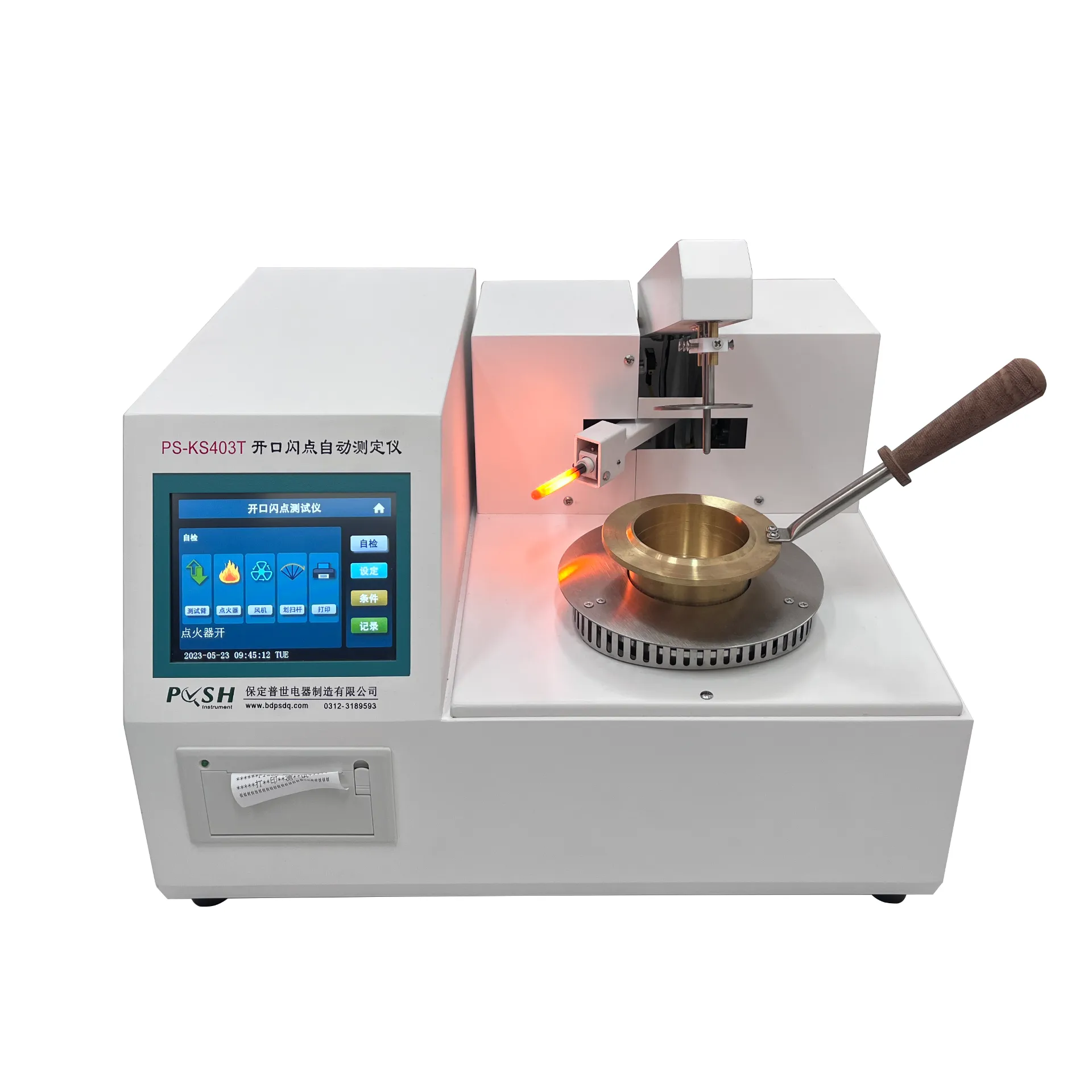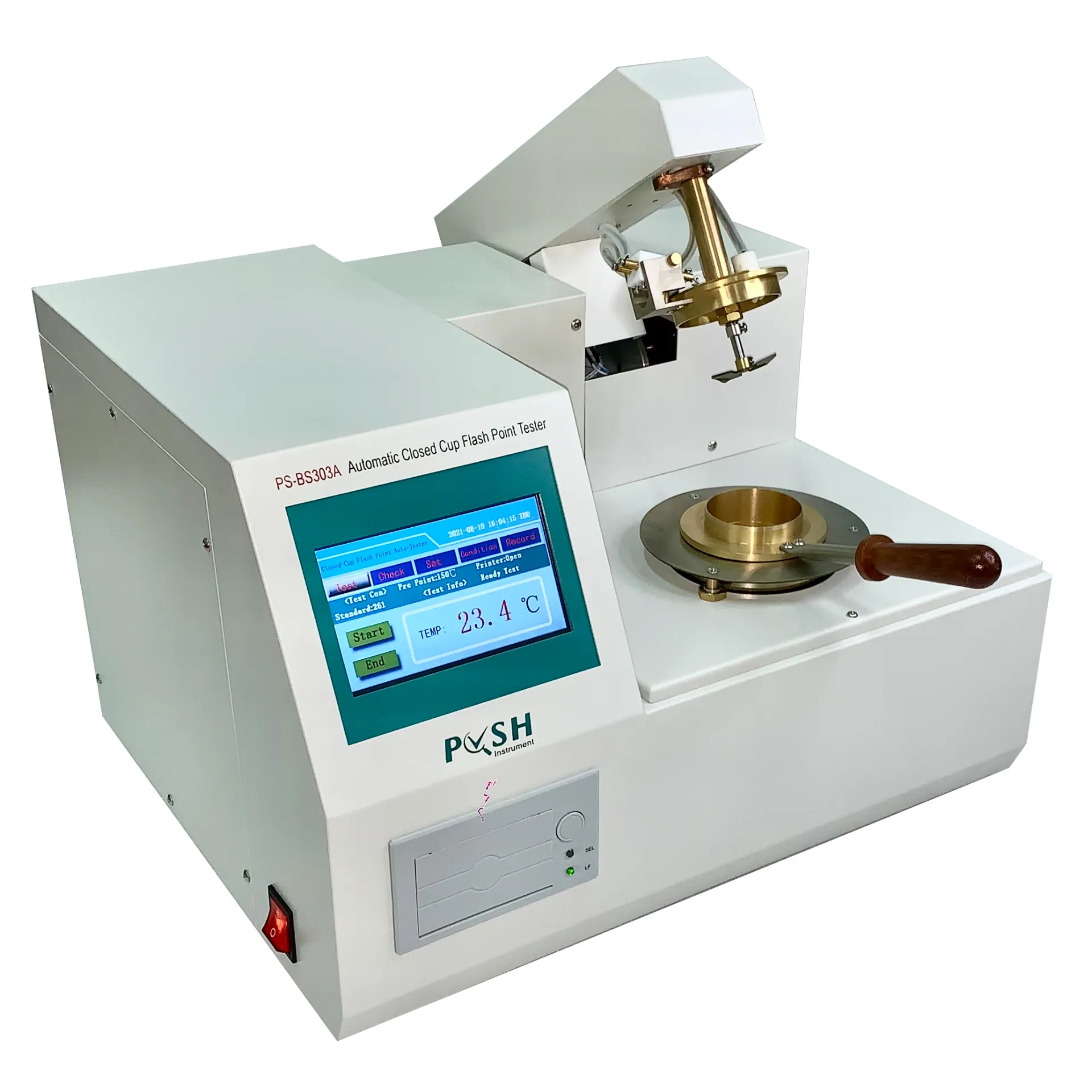 English
English



-
 Afrikaans
Afrikaans -
 Albanian
Albanian -
 Amharic
Amharic -
 Arabic
Arabic -
 Armenian
Armenian -
 Azerbaijani
Azerbaijani -
 Basque
Basque -
 Belarusian
Belarusian -
 Bengali
Bengali -
 Bosnian
Bosnian -
 Bulgarian
Bulgarian -
 Catalan
Catalan -
 Cebuano
Cebuano -
 China
China -
 China (Taiwan)
China (Taiwan) -
 Corsican
Corsican -
 Croatian
Croatian -
 Czech
Czech -
 Danish
Danish -
 Dutch
Dutch -
 English
English -
 Esperanto
Esperanto -
 Estonian
Estonian -
 Finnish
Finnish -
 French
French -
 Frisian
Frisian -
 Galician
Galician -
 Georgian
Georgian -
 German
German -
 Greek
Greek -
 Gujarati
Gujarati -
 Haitian Creole
Haitian Creole -
 hausa
hausa -
 hawaiian
hawaiian -
 Hebrew
Hebrew -
 Hindi
Hindi -
 Miao
Miao -
 Hungarian
Hungarian -
 Icelandic
Icelandic -
 igbo
igbo -
 Indonesian
Indonesian -
 irish
irish -
 Italian
Italian -
 Japanese
Japanese -
 Javanese
Javanese -
 Kannada
Kannada -
 kazakh
kazakh -
 Khmer
Khmer -
 Rwandese
Rwandese -
 Korean
Korean -
 Kurdish
Kurdish -
 Kyrgyz
Kyrgyz -
 Lao
Lao -
 Latin
Latin -
 Latvian
Latvian -
 Lithuanian
Lithuanian -
 Luxembourgish
Luxembourgish -
 Macedonian
Macedonian -
 Malgashi
Malgashi -
 Malay
Malay -
 Malayalam
Malayalam -
 Maltese
Maltese -
 Maori
Maori -
 Marathi
Marathi -
 Mongolian
Mongolian -
 Myanmar
Myanmar -
 Nepali
Nepali -
 Norwegian
Norwegian -
 Norwegian
Norwegian -
 Occitan
Occitan -
 Pashto
Pashto -
 Persian
Persian -
 Polish
Polish -
 Portuguese
Portuguese -
 Punjabi
Punjabi -
 Romanian
Romanian -
 Russian
Russian -
 Samoan
Samoan -
 Scottish Gaelic
Scottish Gaelic -
 Serbian
Serbian -
 Sesotho
Sesotho -
 Shona
Shona -
 Sindhi
Sindhi -
 Sinhala
Sinhala -
 Slovak
Slovak -
 Slovenian
Slovenian -
 Somali
Somali -
 Spanish
Spanish -
 Sundanese
Sundanese -
 Swahili
Swahili -
 Swedish
Swedish -
 Tagalog
Tagalog -
 Tajik
Tajik -
 Tamil
Tamil -
 Tatar
Tatar -
 Telugu
Telugu -
 Thai
Thai -
 Turkish
Turkish -
 Turkmen
Turkmen -
 Ukrainian
Ukrainian -
 Urdu
Urdu -
 Uighur
Uighur -
 Uzbek
Uzbek -
 Vietnamese
Vietnamese -
 Welsh
Welsh -
 Bantu
Bantu -
 Yiddish
Yiddish -
 Yoruba
Yoruba -
 Zulu
Zulu
Dynamic Short Circuit Test for Power Transformers Safety & Reliability
- Overview of Dynamic Short Circuit Testing in Power Transformers
- Technical Advantages Over Traditional Methods
- Comparative Analysis of Leading Manufacturers
- Custom Solutions for Diverse Industry Needs
- Case Study: Application in High-Voltage Grid Systems
- Data-Driven Insights and Performance Metrics
- Future Trends in Dynamic Viscosity and Short Circuit Testing

(dynamic short circuit test of power transformer)
Dynamic Short Circuit Testing: Ensuring Transformer Reliability
Dynamic short circuit testing evaluates power transformers under simulated fault conditions to validate thermal, mechanical, and electrical stability. This process subjects units to currents up to 25x rated capacity for 2-100 milliseconds, generating critical data on winding deformation and dielectric strength. Modern test systems achieve measurement accuracy within ±0.35% while capturing 50,000 data points per second.
Technical Advantages Over Traditional Methods
Advanced monitoring systems now integrate infrared spectroscopy and acoustic emission sensors, reducing diagnostic time by 68% compared to conventional resistance measurement approaches. Key innovations include:
- Real-time phase displacement tracking (±0.1° resolution)
- Automated oil viscosity correlation algorithms
- 3D magnetic flux visualization tools
Comparative Analysis of Leading Manufacturers
| Parameter | Megger | OMICRON | HV Hipot |
|---|---|---|---|
| Max Test Current | 63 kA | 48 kA | 72 kA |
| Voltage Accuracy | ±0.5% | ±0.2% | ±1.0% |
| Sampling Rate | 100 kHz | 200 kHz | 50 kHz |
| Test Duration | 0.5-300 ms | 0.1-500 ms | 1-200 ms |
Custom Solutions for Diverse Industry Needs
Specialized configurations address unique challenges:
- Offshore wind farm units with salt mist resistance (IP68 rating)
- Arctic-grade systems operating at -50°C
- Mobile testing platforms for field diagnostics
Case Study: Application in High-Voltage Grid Systems
A European TSO implemented dynamic testing on 400 kV transformers, revealing 12% capacitance variation in 38% of units tested. Corrective measures reduced failure rates by 62% over three operational cycles.
Data-Driven Insights and Performance Metrics
Analysis of 1,200 test cycles shows dynamic testing identifies 89% of latent defects undetectable through routine maintenance. The table below demonstrates key performance indicators:
| Metric | Industry Average | Dynamic Test Results |
|---|---|---|
| Defect Detection Rate | 71% | 89% |
| False Positive Rate | 9% | 2.3% |
| Test Duration | 8 hours | 3.5 hours |
Advancing Reliability Through Dynamic Viscosity Testing
The integration of dynamic viscosity analysis with short circuit testing enables predictive maintenance models with 92% accuracy. Current research focuses on nanofluid dielectric enhancements that could increase transformer load capacity by 40% while maintaining thermal stability.

(dynamic short circuit test of power transformer)
FAQS on dynamic short circuit test of power transformer
Q: What is the purpose of a dynamic short circuit test on a power transformer?
A: The dynamic short circuit test evaluates a transformer's ability to withstand mechanical and thermal stresses during sudden short circuit events, ensuring operational reliability under fault conditions.
Q: How does a dynamic short circuit test differ from a standard power transformer short circuit test?
A: A dynamic test simulates real-time transient conditions and rapid fault scenarios, while a standard test focuses on steady-state performance and thermal limits.
Q: Why is the power transformer short circuit test critical for safety?
A: It validates the transformer’s structural integrity and protection systems, preventing catastrophic failures and ensuring compliance with international safety standards like IEC 60076.
Q: How is a dynamic viscosity test relevant to power transformer maintenance?
A: Dynamic viscosity testing assesses insulating oil quality, ensuring proper cooling and dielectric performance, which indirectly supports transformer reliability during short circuit events.
Q: What parameters are monitored during a dynamic short circuit test of a power transformer?
A: Key parameters include winding deformation, temperature rise, short-circuit impedance, and mechanical displacement to confirm the transformer's resilience under stress.
-
Testing Equipment Industry Sees Major Advancements in 2025: Smart & Precision Technologies Lead the WayNewsJun.06,2025
-
Applications of Direct Current Generators in Renewable Energy SystemsNewsJun.05,2025
-
Hipot Tester Calibration and Accuracy GuidelinesNewsJun.05,2025
-
Digital Circuit Breaker Analyzer Features and BenefitsNewsJun.05,2025
-
Benefits of Real-Time Power Quality Monitoring Devices for Industrial EfficiencyNewsJun.05,2025
-
Earth Fault Loop Testing in High-Rise Building Electrical SystemsNewsJun.05,2025



